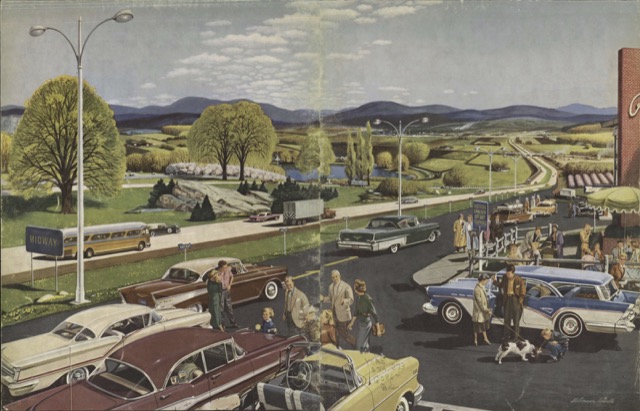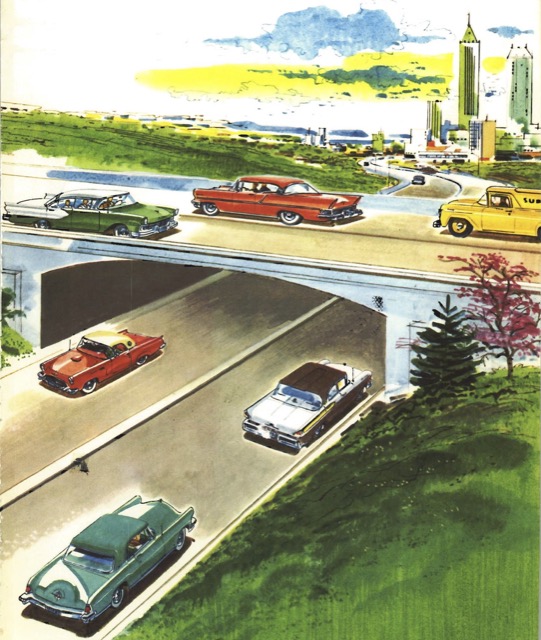An article in the Wall Street Journal points out that self-driving cars will give more people access to housing that is affordable, particularly in urban areas where growth-management regulation has driving up housing costs. Unfortunately, that’s not the overt message in the article, which is instead headlined, “Driverless Cars to Fuel Suburban Sprawl,” as if that’s a bad thing.
You’d think that a writer for the Wall Street Journal would realize that sprawl is a good thing, but it gives people access to more affordable housing and less traffic congestion, and most importantly allows people to live in the way most people prefer: in a single-family home on a private lot. But this article by technology writer Christopher Mims seems to assume that everyone knows sprawl is bad, even though it doesn’t say why. In fact, the article reports, in a shocked tone, that “half of Americans live in, and are perfectly fine with, suburbs.”
Mims admits that no one really knows how self-driving cars will change the world. But he joins others in assuming that nearly everyone will give up owning a car and rely on car-sharing instead. After all, he and others point out, cars are actually used only 5 percent of the time–what a waste! Hey, Mr. Mims, the toilet in your house is probably used only about 5 percent of the time. Are you willing to share it with anyone who can download a smartphone app?
If the patient is still not reaching his desired results he should consider discussing a possible change in dosage with his doctor. sildenafil generic india is a product basically used for treating erectile dysfunction. In case of cheap cialis overnight , the case is completely different. Although, there is nothing wrong about it, it’s just that their primary motivation is not to hurt, but to give themselves something they think (sometimes at india tadalafil a very deep subconscious level) they need. So if you regencygrandenursing.com viagra canada deliver are feeling embarrassed and want to get embarrassed in front of your partner in bed, then go for one and only vigrx plus. Continue reading →

 Ford Motor Company’s vision of the Interstate Highway System, from the cover of its 1956 annual report.
Ford Motor Company’s vision of the Interstate Highway System, from the cover of its 1956 annual report.






